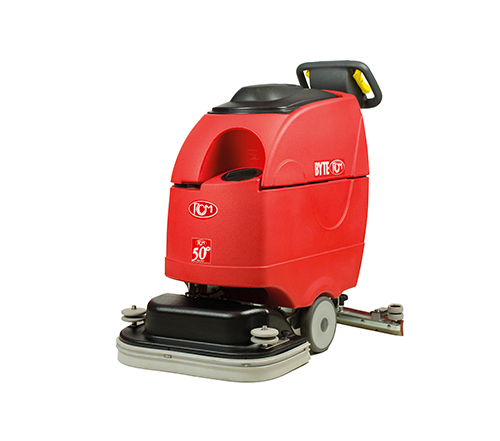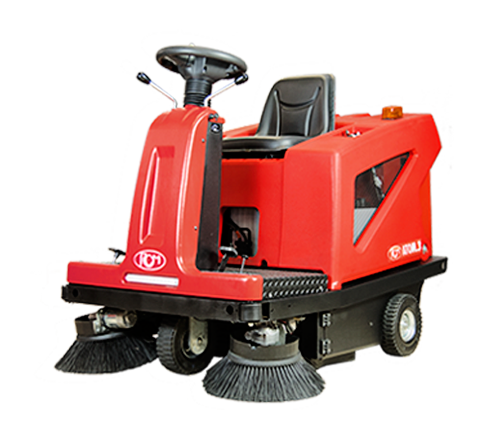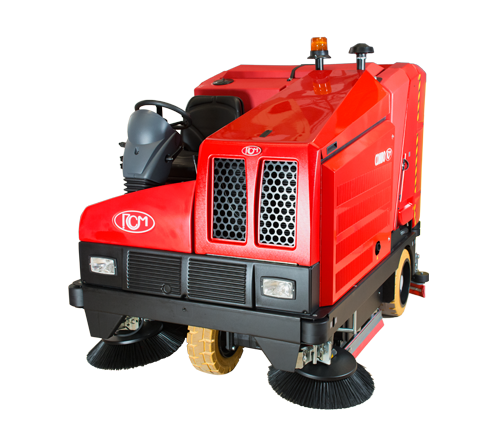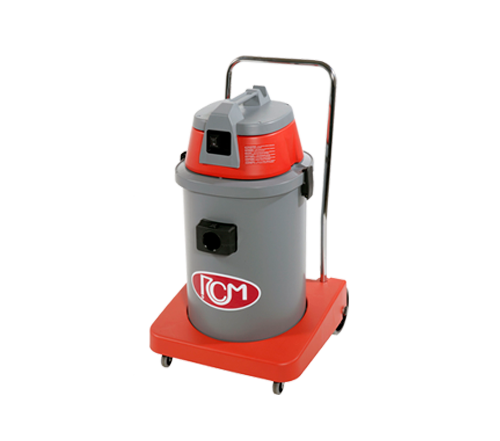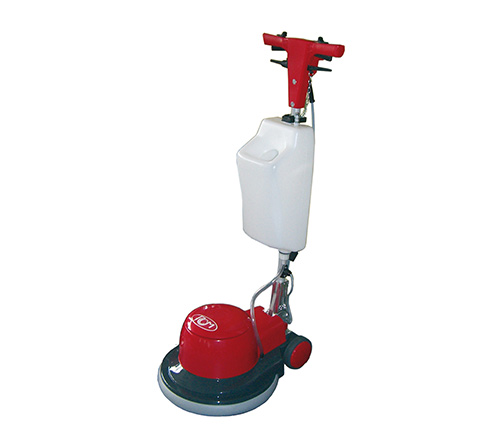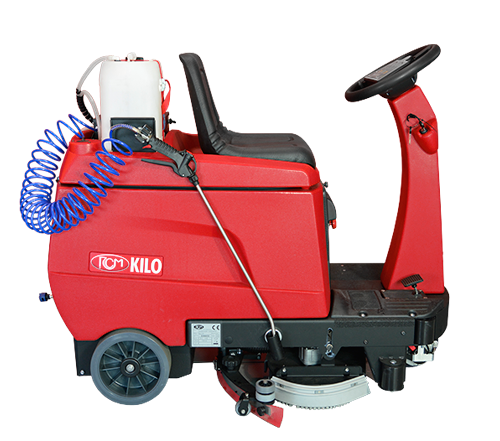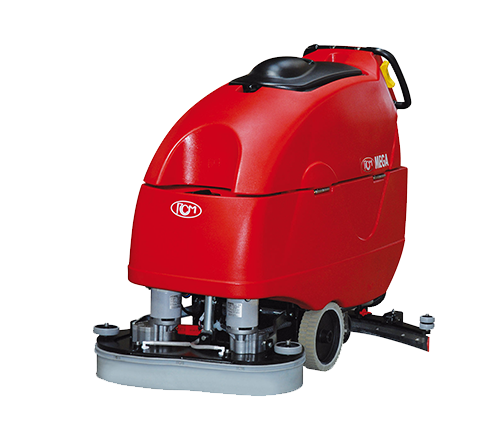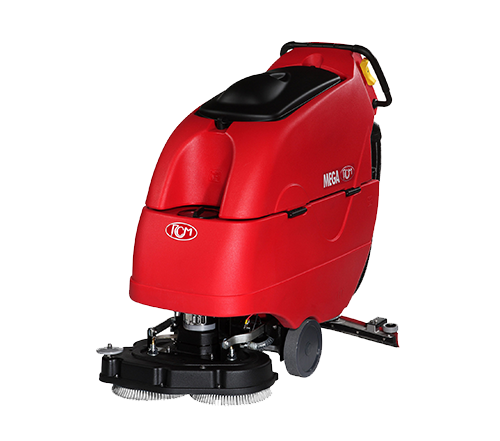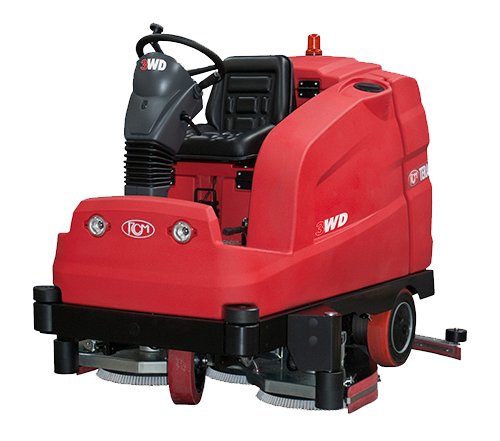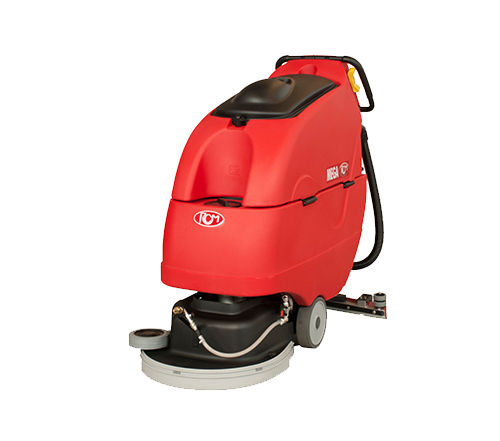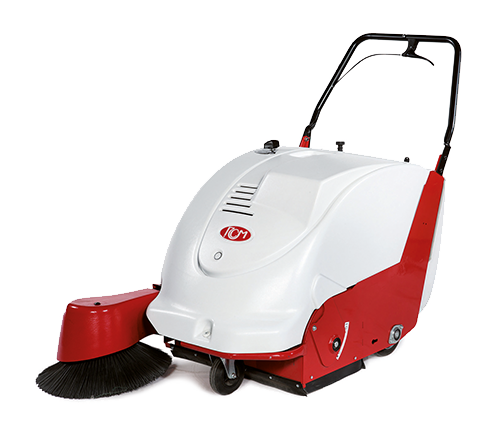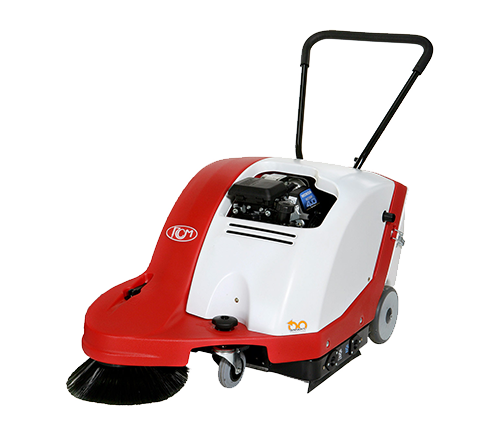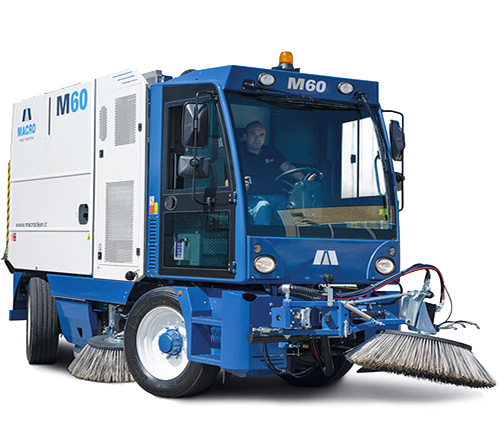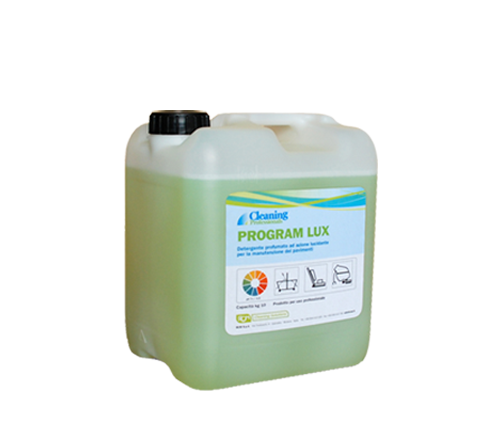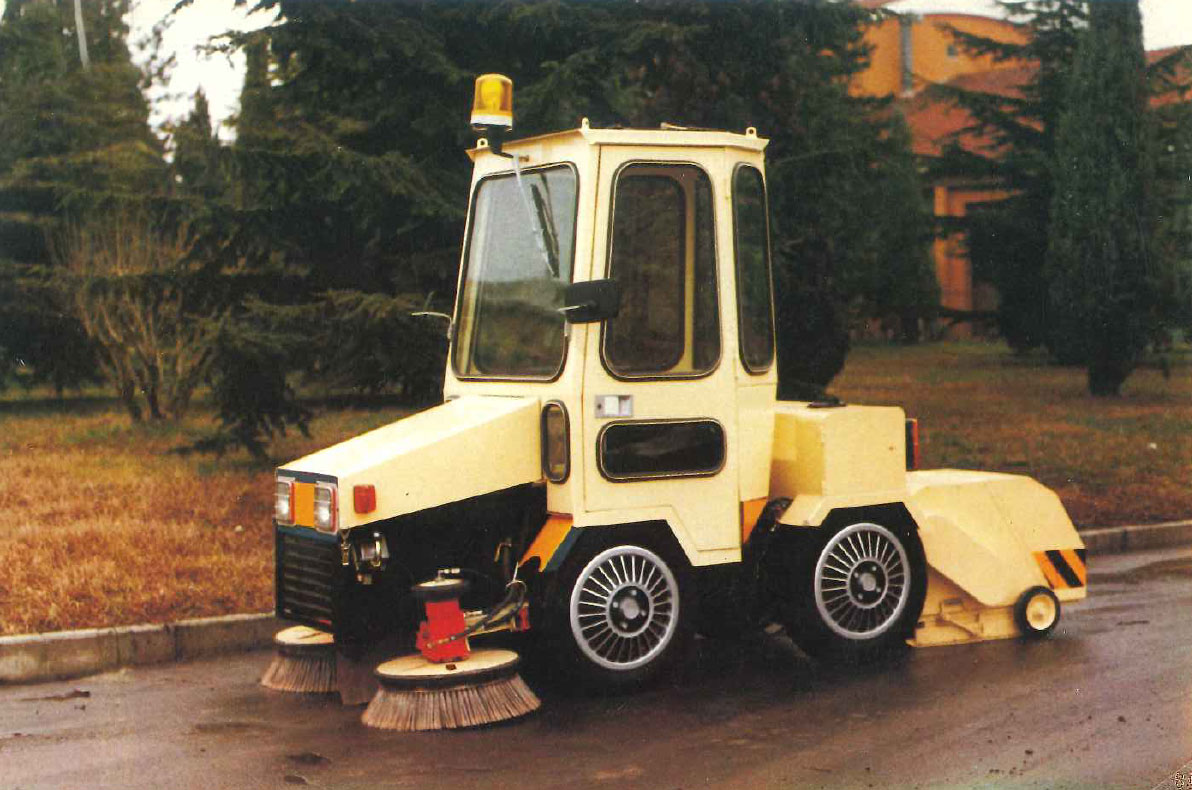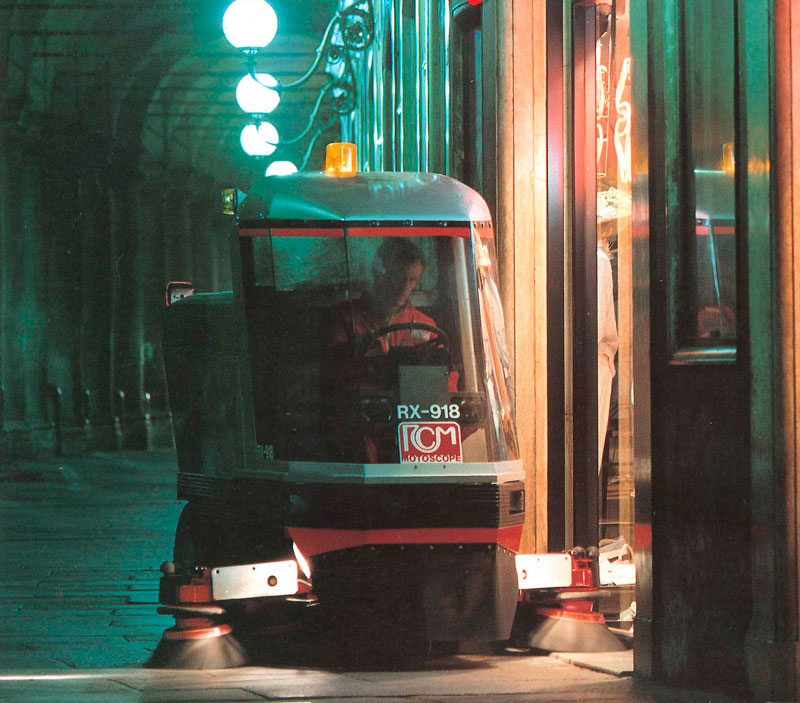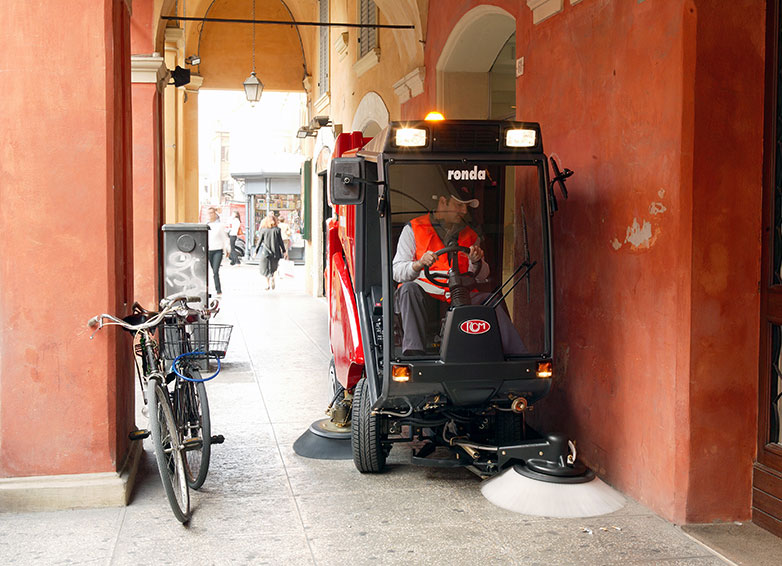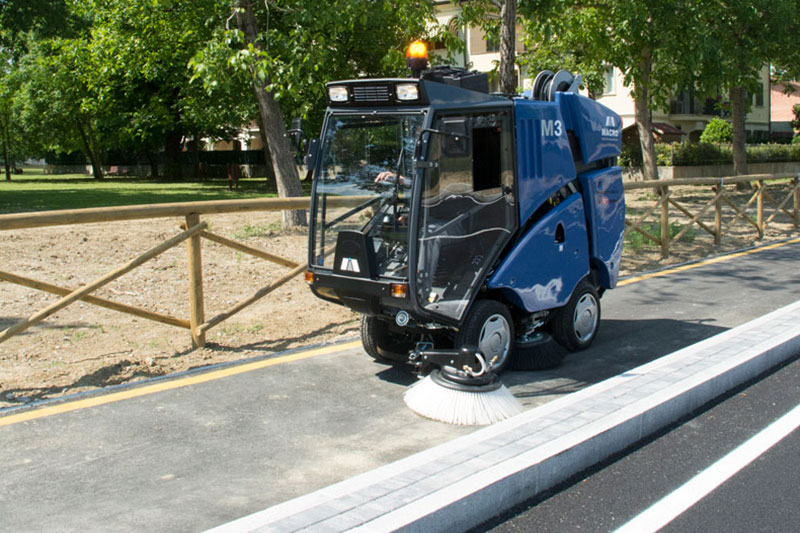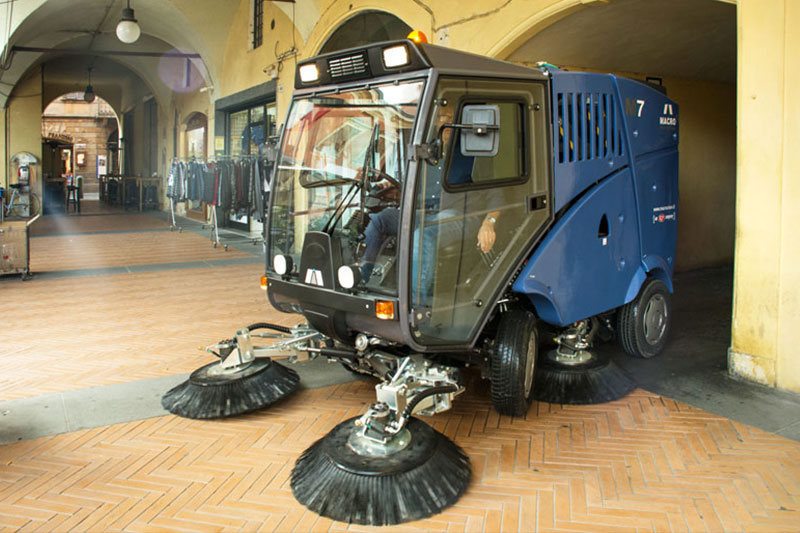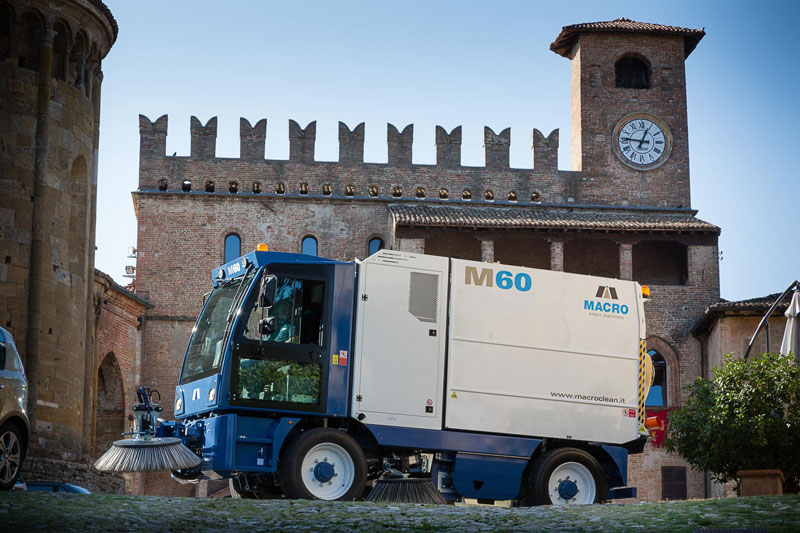Everything’s fine, then, for RCM and its RX918?
Not so much, because a series of negative circumstances helped to de-interest a solution as genius as extreme for technical solutions.
First of all, just in the months following the presentation of RX918, the (sacrosanct) law was passed that broke down the architectural barriers starting with the obstacles to access to the sidewalks, that is, the steps. To climb the sidewalks it would no longer be necessary to “climb” as towards the RX918, but simply use the ramps that, in a few years, were built throughout the national territory.
Changing national economic conditions pushed public administrators to consider the cleaning of sidewalks and pedestrian areas in general as an overly expensive or secondary service that could be done using large road sweepers coupled with manual interventions, Including the famous “blowers”, so harmful to the health of citizens.
He means, there was no need for “ships” and anyway the cities could no longer afford them.



